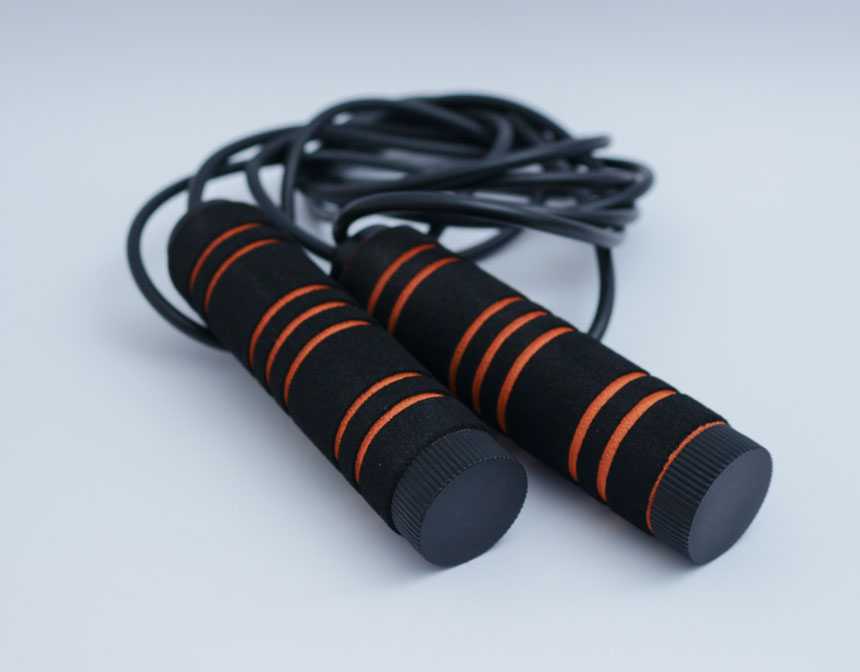Origins of The Zucchini Lasagna
Zucchini lasagna is a modern twist on the traditional Italian lasagna, creatively adapted to meet the needs of various dietary preferences, including gluten-free, keto, and vegetarian diets. This dish cleverly replaces the typical lasagna noodles with slices of zucchini, significantly reducing the carbohydrates and removing the gluten, making it ideal for those following a gluten-free or keto diet. The popularity of this variation has soared as more people seek out healthier, low-carb alternatives without sacrificing flavor or satisfaction.
The origin of zucchini lasagna can be traced back to the increasing demand for healthier versions of beloved classics. As the awareness of dietary restrictions and preferences grew, inventive cooks began experimenting with vegetable substitutes. Zucchini, with its mild flavor and versatile texture, proved to be an excellent replacement for pasta. Not only does it absorb flavors well, but it also contributes additional nutrients, making the dish a nutritional powerhouse. The concept of layering zucchini in place of noodles aligns perfectly with traditional lasagna-making techniques, ensuring that the essence of the dish remains intact while aligning with modern health trends.
Over the years, the recipe for zucchini lasagna has been refined to cater to various tastes and dietary needs. From keto zucchini lasagna, which focuses on high-fat and low-carb components, to vegetarian zucchini lasagna, which is packed with vegetables and sometimes substitutes traditional cheeses with plant-based alternatives, the flexibility of this recipe is one of its strongest points. As more people embrace diets that focus on health and wellness, dishes like Gluten-Free Zucchini Lasagna continue to gain popularity, providing a delicious way to enjoy a gourmet meal that fits within the parameters of dietary restrictions. This dish not only caters to the health-conscious but also offers a delightful culinary experience that highlights the versatility and adaptability of Italian cuisine.
How To Cut Zucchini?
Cutting zucchini for lasagna requires a technique that creates uniform, thin slices that can mimic the layers of traditional pasta. Here's a step-by-step guide to effectively prepare zucchini for your lasagna:
Tools Needed:
Mandoline slicer: This is the best tool for making evenly thin slices. It's quick and efficient but requires careful handling to avoid cuts.
Sharp chef's knife: If you don’t have a mandoline, a sharp knife will work, though it might not produce as uniform slices.
Steps to Cut Zucchini for Lasagna:
- Wash and Dry: Start by thoroughly washing the zucchini to remove any dirt or pesticides. Dry them with a towel to reduce moisture content, which is crucial for preventing a watery lasagna.
- Trim Ends: Trim the ends of each zucchini. This makes it easier to slice and removes the hard end pieces that are not pleasant to eat.
- Slice Lengthwise: For lasagna, you need long, wide strips that resemble lasagna noodles.
- Drain Excess Moisture: After slicing, lay the zucchini strips out on paper towels and lightly salt them. The salt helps draw out excess water. After 10 minutes, pat the strips dry with another paper towel. This step is crucial to avoid making your lasagna too watery.
- Pre-Cooking (Optional): To ensure the zucchini is not too crunchy and to remove even more moisture, you can pre-cook the slices. Grill them on a stovetop grill pan for 1-2 minutes on each side or until you see grill marks. Alternatively, you can blanch them in boiling water for one minute then dry thoroughly.
By following these steps, you can prepare zucchini that will layer beautifully in your lasagna, holding up well during the cooking process and complementing the other ingredients without making the dish soggy.
Variations
Exploring variations of the traditional zucchini lasagna can keep this dish exciting and suitable for different tastes and occasions. Here are some creative twists you can try to personalize your zucchini lasagna:
1. Meaty Variations
Spicy Italian Sausage: For those who enjoy a bit of heat, replacing ground beef with spicy Italian sausage adds a robust flavor.
Chicken or Turkey: Use ground chicken or turkey for a lighter, leaner version that still packs plenty of flavors.
2. Vegetarian Delights
Mushroom Spinach Layer: Add a layer of sautéed mushrooms and spinach for an earthy flavor and extra nutrients.
Ricotta and Herb Blend: Mix ricotta with basil, parsley, and chives for a fresh, herby taste that complements the mild zucchini.
3. Vegan Options
Cashew Ricotta: Substitute dairy cheese with cashew ricotta for a vegan-friendly version that remains creamy and satisfying.
Tofu and Nutritional Yeast: Blend silken tofu with nutritional yeast for a cheese-like layer that's entirely plant-based.
4. Low-Carb/Keto-Friendly
Increase the Cheese: Amp up the amounts of mozzarella and Parmesan for those not avoiding dairy, to increase the fat content for keto dieters.
Add Avocado Slices: Incorporate slices of avocado between layers to add healthy fats and a creamy texture.
5. Seafood Twist
Shrimp or Crab Layer: Introduce a layer of cooked shrimp or crab meat for a seafood version that brings a taste of the ocean to this comforting dish.
These variations not only allow you to tailor the zucchini lasagna to specific dietary needs but also help keep the meal exciting with different flavors and textures. Whether you're serving it at a family dinner, a festive occasion, or just indulging in a healthy meal at home, these tweaks can make zucchini lasagna a versatile staple in your cooking repertoire.
What To Serve with Zucchini Lasagna?
Zucchini lasagna pairs well with a variety of side dishes to create a balanced and satisfying meal.
Here are our delicious recipes that you can serve with Zucchini Lasagna:
How To Store Zucchini Lasagna?
Storing zucchini lasagna properly is key to maintaining its freshness and flavor, whether you're keeping leftovers or preparing the dish ahead of time. Here’s how to store zucchini lasagna effectively:
Storing Cooked Zucchini Lasagna:
Cool Down: Allow the lasagna to cool to room temperature after cooking. Do not leave it out for more than 2 hours to avoid bacterial growth.
Refrigerate:
- In a Container: Transfer the lasagna to an airtight container, or leave it in the baking dish and cover it tightly with plastic wrap or aluminum foil.
- Storage Duration: Properly stored, cooked zucchini lasagna can last in the refrigerator for up to 5 days.
Freezing:
- Freeze in Portions: If you plan to freeze the lasagna, consider cutting it into portions for easier thawing and reheating.
- Wrap Well: Wrap each portion tightly with plastic wrap and then with aluminum foil to protect it from freezer burn and to preserve flavor.
- Storage Duration: When stored properly, zucchini lasagna can be frozen for up to 3 months.
Thawing and Reheating:
Thawing: Thaw frozen lasagna in the refrigerator overnight. For quicker thawing, you can use the microwave, but be mindful that this might change the texture slightly.
Reheating:
- Oven: Reheat the lasagna in the oven at 350 °F (175 °C) until it is heated through. This usually takes about 20-30 minutes if refrigerated, or longer if from frozen.
- Microwave: For quicker reheating, use the microwave, covering the lasagna with a microwave-safe lid or wrap to keep moisture in. Heat on high for a few minutes, checking periodically, until it's hot throughout.
Storing Uncooked Zucchini Lasagna:
Assemble and Refrigerate: You can assemble the lasagna and store it in the refrigerator a day before baking it. Cover the baking dish tightly with plastic wrap or a lid.
Assemble and Freeze: If you want to prepare your lasagna well in advance, assemble it without baking, wrap it tightly, and freeze it. When ready to eat, bake it straight from the freezer (add about 10-15 extra minutes to the baking time).
By following these storage guidelines, you can enjoy your zucchini lasagna at its best quality for both immediate meals and future enjoyment. Proper storage not only extends the dish’s life but also helps in maintaining its taste and texture.
















































